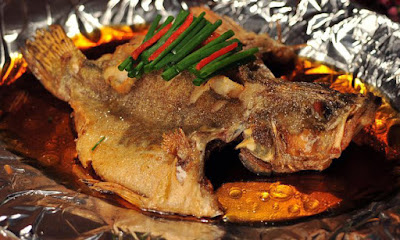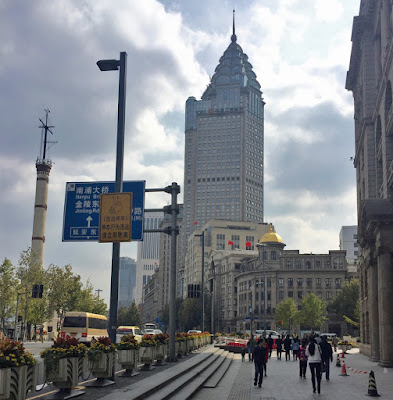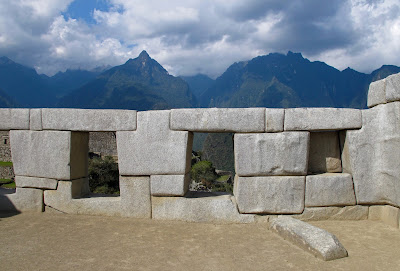 |
| Zig-Zag Walls and Great Plaza |
Sacsayhuamán is one of the major Inca sites in Cusco and we knew we had to see it. The old Inca Street, Pumacurco runs right by the our hotel on its way from Sacsayhuamán to Qoricancha, the main Inca temple at the center of Inca culture. We had a guide who showed us the site and explained its layout above Cusco.
 |
| Plaza de Armas from Top of Hill |
Sacsayhuamán is a Fortress-Temple high above the city of Cusco. Sections were first built by the Killke culture about 1100. They had occupied the area around 900 CE. The complex was expanded and added to by the Inca in the 13th century. The workers carefully cut the boulders to fit them together tightly without mortar. Sacsayhuamán is at an altitude of 3,701 m. (12,000 ft).
 |
| Main Gate |
Because of its location high above Cusco and its immense walls, this area is frequently referred to as a fortress. The importance of its military functions was highlighted in 1536 when Manco Inca tried to take back Cusco from the Spanish. Much of the fighting occurred in and around Sacsayhuamán, as it was critical to maintaining Spanish control over the city. Descriptions of the siege, as well as excavations at the site, showed towers on the summit of the site, as well as a series of other buildings.
 |
| Section of Wall |
 |
| Wall Details |
The best-known areas of Sacsayhuamán include its great plaza and its adjacent three massive zig-zag walls. The stones used in the construction of these terraces are among the largest used in any building in Pre-Columbian America. They display a precision of fitting that is unmatched. This accuracy, combined with the blocks rounded corners, a variety of the interlocking shapes, and the walls leaning inward, is thought to have helped the buildings survive catastrophic earthquakes in Cusco. The Walls are about 6 m (20 ft) tall. Estimates for the weight of the largest blocks vary from 120 tons to 200 tons.
 |
| Break Time for Peru Special Police |
Following the siege of Cusco, the Spanish began to use Sacsayhuamán as a source of stones for building Spanish Cuzco. Within a few years, they had taken apart and demolished much of the complex. The site was destroyed to build the new Spanish government and religious buildings in the colonial city, as well as the mansions for the wealthiest Spanish. Today, only the stones that were too large to be moved remain at the site.
 |
| Pumacurco Street Back to Palacio Nazarenas |
After we enjoyed our visit to Sacsayhuamán, we walked down the hill and continued onto Pumacurco Street that led to our hotel, the Palacio Nazarenas. Cusco is a fascinating, historic city. There’s always something to see and learn about there.
Highly recommended!
If you want to check out the rest of the blog
. . .Click here!





















































